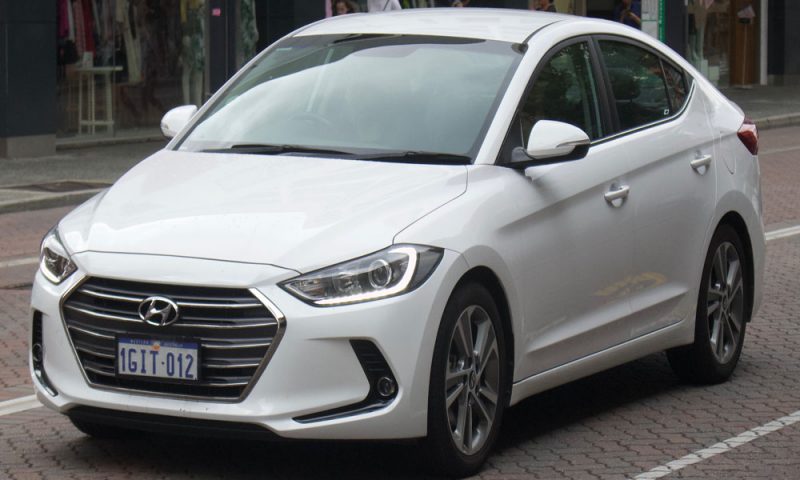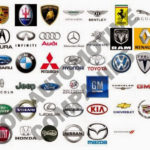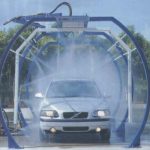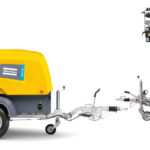Hi there! My name is Liam Brooks, I’m a automotive expert, author of autokwix.com blog. Here I’ll sum up my client’s experience of owning Hyundai Elantra 2014-2020 years.
In April 2010, the South Korean automaker Hyundai launched a new, fifth generation, the well-known Elantra model (in South Korea – Hyundai Avante). This generation differs from its ancestor in the higher quality of materials used, original design and improved driving characteristics, thanks to which it can easily compete with other representatives of its segment.
Also, the inter world of the car was greatly redesigned and improved, a large number of various electronic systems appeared, making driving much easier and more comfortable, thereby leveling the weak points of the previous generation. The car was produced only in front-wheel drive configuration. The choice of the buyer offered variations with two atmospheric gasoline engines of 1.6 or 1.8 liters, paired with a six-speed manual or a six-speed automatic, which can accelerate the car to more than 125 miles / hours. Looking at this car, you can confidently say that the company’s engineers did a good job of improving the already good characteristics of the previous generation, but it is impossible to exclude all the shortcomings, so the resulting product has its proc and cons, which I will discuss in this article.
The main advantages of Elantra
Before considering the main issue of the topic, I outline the main advantages of this model:
- Reliable power units;
- Fuel efficiency with a sufficiently high engine power;
- Ergonomic interior;
- Cheap to maintain;
- Decent insulation for its price range;
- Nice appearance;
- Roomy interior and trunk for this class;
- High maintainability.
Weaknesses 5th generation Hyundai Elantra (MD)
Probably the most famous weakness of this car is its steering rack. Due to engineering miscalculations in its production, it is not able to withstand the loads exerted on it for a long time, as a result of which it first begins to simply buzz when the steering wheel is turned, then knocks, and then simply fails. Usually, the death of this unit occurs on runs from 20 to 50 000 km, which is in the range of the factory warranty, so that work on its replacement is carried out by the dealer.
But there are situations when the rake goes to the next world after the end of the warranty period. In this case, you will have to pay about 650 USD. to eliminate the malfunction.
Although the suspension of the car was designed for driving on low-quality roads, the shock absorber struts often do not live up to their hopes. As a rule, a factory defect manifests itself at a mileage of 50 000 km and consists in a deterioration in handling, an increase in braking distance, an increased roll of the car when cornering or sharp braking, as well as unpleasant knocks in the suspension.
Spark plugs
By the way, if you dont want to forke over your hard-earned cash for a new set of spark plugs, I’m suggesting to buy next models.
- Bosch Iridium Spark Plug 9600 (with iridium-alloy center electrode)
- Autolite XP Iridium Spark Plug XP3923 (with patented V-trimmed platinum sidewire technology)
- NGK IX Iridium Spark Plug 93175 (with trivalent metal plating)
You can read a full article about best spark plugs for Hyundai Elantra to autokwix.com
Final
For a practical person who does not have great financial capabilities, but who wants to get a high-quality, reliable, pleasant-looking and economical car, the 5th generation Hyundai Elantra will be one of the best options to buy. Of course, this car is in the middle price category and cannot claim the laurels of an ideal transport. It has its pros and cons, the significance of which can only be drawn by you. But I can say with confidence that in terms of price / quality ratio this car is head and shoulders above most of its classmates, you can be sure.










